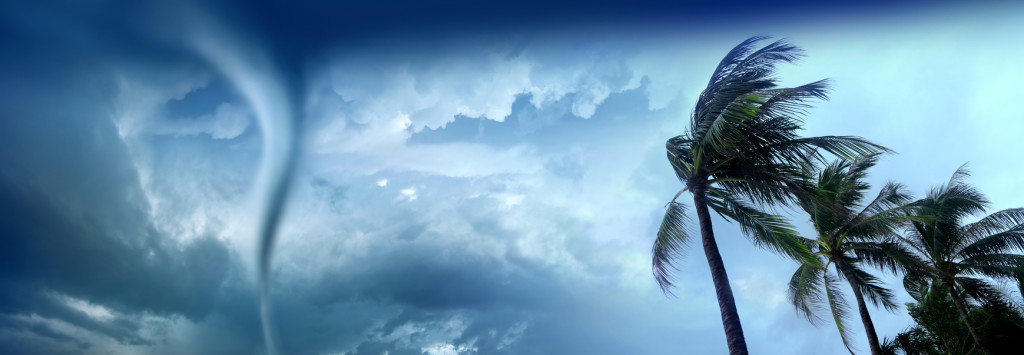
Hurricanes and Elevators: Weathering the Storm and its Aftermath
Protecting your elevator before, during, and after the storm
There’s no off-season for performing good elevator maintenance and taking proper safety precautions. As discussed in a previous post, hurricane preparedness should begin before hurricane season with a detailed evaluation of your elevator system’s storm readiness. Here’s a quick prep recap:
- • Check that vents and openings in the machine room and hoist-way walls are in operating condition
- • Inspect all doors and make appropriate repairs or replacements, if necessary
- • Examine the seals and caulking on all doors, vents, and any openings
- • Check that all sump pumps, float switches, and alarms are operating properly
- • Consider installing a Battery Lowering Device, if one is not already installed
- • Create a diagram of elevator locations, including car numbers, elevator-car phone numbers, and elevator company emergency numbers
During the Storm
It can’t be stressed enough that during a hurricane, no one should use the elevators. Close all doors to keep personnel from accessing both them and supporting equipment. Even with the best pre-hurricane prep, leaks can occur and disable cars, causing entrapment. Lightning poses another danger, and severe structural damage can also occur in the case of tornadoes, which often accompany hurricanes regardless of the storm’s category.
If water levels rise during the storm and enter the elevator corridor, additional measures should be taken:
- • Turn off the main disconnects of the remaining elevators in the machine room
- • Place pre-filled sandbags at least 4-feet high around the machine room door
- • Shut or securely cover vents or any other openings at the top of the shaft
After the Storm
Wait until proper authorities have declared the hurricane over and that weather conditions are once again safe for review and cleanup. Once safety has been established:
- • Check to see that no one is trapped in elevators. Should that be the case, do not attempt a rescue. Call emergency personnel immediately.
- • Don’t assume that elevators are in working condition until they’ve had a thorough inspection and are cleared for operation by authorized service personnel.
- • Inspect the pit for water. Even a small amount can affect safety and elevator performance.
- • Check for any water on elevator control panels and in the machine room before restoring power.
- • Call your elevator service company if any water is found.
- • Open all vents and other openings at the top of the shaft.
- • Keep a detailed record of any damage.
- • Use your smart phone to take photographs of any damage.
- • Save any damaged components
Insurance companies often require evidence of damage when filing a claim, so be sure to document everything. If no water is found, take precautions and never attempt to reset elevators if the circuit has automatically shut-off, even as a preventative measure, during the hurricane. Serious injury or elevator damage could result. Instead, immediately notify your elevator service company.
Connections Elevator is a South Florida-based team of elevator experts who are experienced with getting your elevators safely up and running after a hurricane, or any other type of severe weather.
If you have any questions regarding your specific property’s elevator system, call us today at 954.792.1234 or get in touch through our convenient online form.